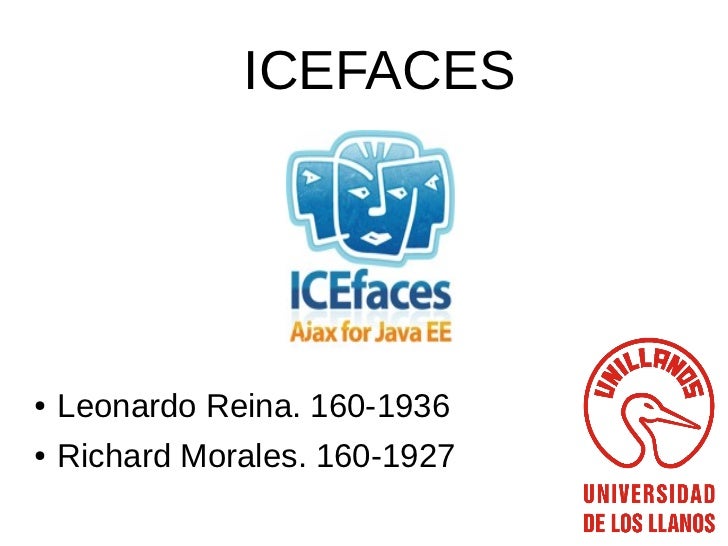

Your view can be whatever you want it to be. And as far as your view resolution goes, it is highly flexible. Spring offers Spring Mobile which is an extension of Spring MVC intended to make mobile development more simple. Spring MVC allows you to use any object as a form object, meaning that you don’t have to duplicate the logic on your business objects again in your form validations. A Spring tag library is also available, if you choose to use it. It’s highly configurable and allows for the use of inversion of control. To use Spring MVC as an example: it clearly separates business, navigation and presentation logic. After the advent of annotations in Java, these frameworks often used annotations to drastically reduce the amount of configuration needed. In response to some of these issues, lightweight request-based frameworks started to be created and used, such as Spring MVC and Stripes. Struts now allows for the use of any view technology that can be rendered via a Servlet. Struts is well documented, mature and Struts2 offers extensibility via plug-ins. With a recent release of Struts2, it still has some strong fans. For example, the (original) required usage of JSP.

However, some of the common developer complaints of Struts were that it was very configuration-intensive and that the structure could be rigid. Flexible validation was now automatically available for form elements. Struts is request-based, utilizes a single controller and has a large custom JSP tag library. Struts forced a separation in the logic between the model, the view and the controller. For many, the first introduction to these types of MVC frameworks was the open source framework Apache Struts, formerly known as Jakarata Struts in the early 2000′s. Some widely-used request based frameworks started to come along and give hope for a cleaner future, allowing the developer to focus more on the business logic at hand.

The potential to easily apply the application business logic in a different type of application was missing because of the business and control logic in the view. Form input was often always a String requiring extensive JavaScript validation to prevent system errors on type conversions. The standard Servlet and JSP API’s alone frequently left applications open to inconsistent use of MVC and the potential for difficult maintenance issues like the aforementioned JSP. Those pages that made you want to scream and rip your hair out when you realized that the long-ago-created-by-someone-else JSP that you needed to fix an error in was over 4000 mind-boggling, messy lines of display with business and control logic mingled together (ahem, yes, this may be a specific example, but I will not confirm). Long gone (hopefully) are the days of JSP pages with cumbersome JavaScript and the often frightening potential for embedded Java Scriptlets and business logic. But, nonetheless, I find it interesting.Īs readers are no doubt aware, over time the MVC frameworks for Java have made the building, implementation and maintenance of layered web architectures much quicker and easier. Luckily for my co-workers, that was not the progression.

Because if I had, say, suddenly gone from working on a very old-school Java web app many years ago (which may have had very little in the way of MVC usage, been heavy on plain JavaScript in the page and had embedded business and control logic), and then suddenly seen a web component library for the first time, I’m pretty sure that I would have started screaming and jumping up and down in excitement over the possibilities.
#Icefaces means how to
Originally, I thought I might give a little tutorial on how to use some of the components, but I’ve had enough people ask “What is ICEFaces?” that I thought it might be nice to step back to the 1,000-foot level and take a look at what component libraries are in the grand scheme of Java development.įirst, in order to get to what component-based products offer a developer, I thought it might be fun to look a little bit at the evolution of the Java MVC frameworks over the last 10-12 years. This was the first time I have had the opportunity to look at some of the component-based libraries and to work with JSF. I have recently had the opportunity to work on an application utilizing ICEFaces ICE components and have been learning more about the product.


 0 kommentar(er)
0 kommentar(er)
